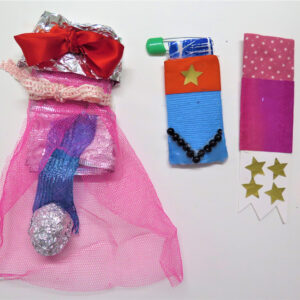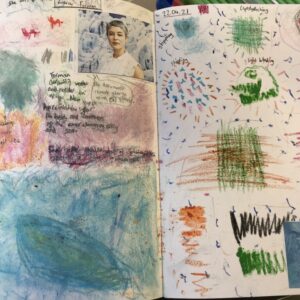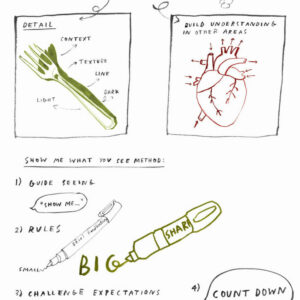Talking Points: Olympic and Paralympic Stadiums
A collection of imagery and sources designed to introduce pupils to Olympic and Paralympic Stadiums.
Please note that this page contains links to external websites and has videos from external websites embedded. At the time of creating, AccessArt checked all links to ensure content is appropriate for teachers to access. However, external websites and videos are updated and that is beyond our control.
Please let us know if you find a 404 link, or if you feel content is no longer appropriate.
We strongly recommend as part of good teaching practice that teachers watch all videos and visit all websites before sharing with a class. On occasion there may be elements of a video you would prefer not to show to your class and it is the teacher’s responsibility to ensure content is appropriate. Many thanks.
*If you are having issues viewing videos it may be due to your schools firewall or your cookie selection. Please check with your IT department.*
This resource is free to access and is not a part of AccessArt membership.




Since the first Ancient Olympic games held in Olympia in 6B.C. Olympic stadiums have developed to hold huge capacities of spectators and house a multitude of different sports.
The Paralympics began in 1948 at the military hospital Stoke Madeville as a way to speed up recovery of paraplegic War Veterans after World War Two. Sir Ludwig Guttmann, a German-British neurologist, came up with the idea of organising a series of sports competitions to be held at the same time as the Olympic Games in London. Since 1988 the Paralympics have always been held in the same city and stadiums as the Olympics. – Paris 2024
Ancient Olympia Stadium
“The stadium of Ancient Olympia was a holy place for the ancient Greeks, where all the sports activities were held dedicated to the god Zeus. Originally, the stadium was constructed in such a manner that spectators could view the events from the slopes of Mount Cronion. But the stadium was gradually moved further east, and eventually, it was placed outside the temple of Zeus.” – Greeka
The first Olympics in 6 B.C. had mud seats made for 20,000 spectators. When the stadium was rebuilt in 5 B.C., it had capacity for 45,000 spectators.
Find out more information about the Olympia Stadium here.
Explore the first Olympic Stadium and surrounding grounds. You may find this resource useful for finding out about the names of the different areas around the stadium.
Questions to Ask Children
Can you picture what the stadium might’ve looked like in 6 B.C. and then again in 5 B.C.?
Why do you think all that’s left is the track field?
What kind of sports do you think the Ancient Greeks would’ve competed in on this track?
Beijing 2008
The Beijing National Olympic Stadium was created by Swiss architect firm Herzog & de Meuron. The stadium housed the opening ceremony of the Olympics in 2008 and the Winter Olympics in 2022. The stadium is nicknamed ‘The Nest’ due to its interesting steel frame. See the development of the stadium here.
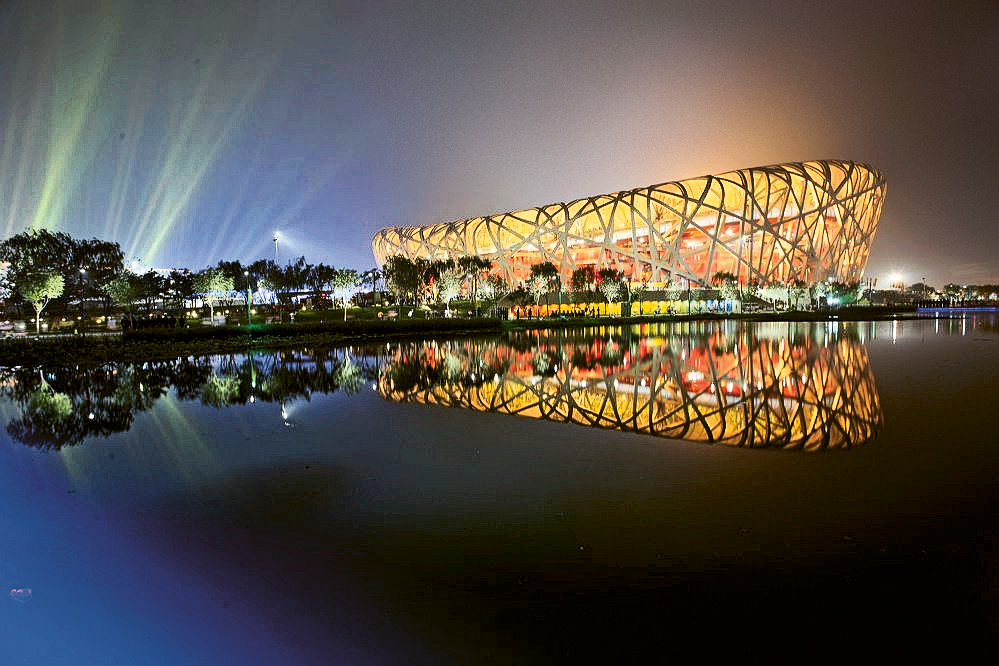
© Iwan Baan
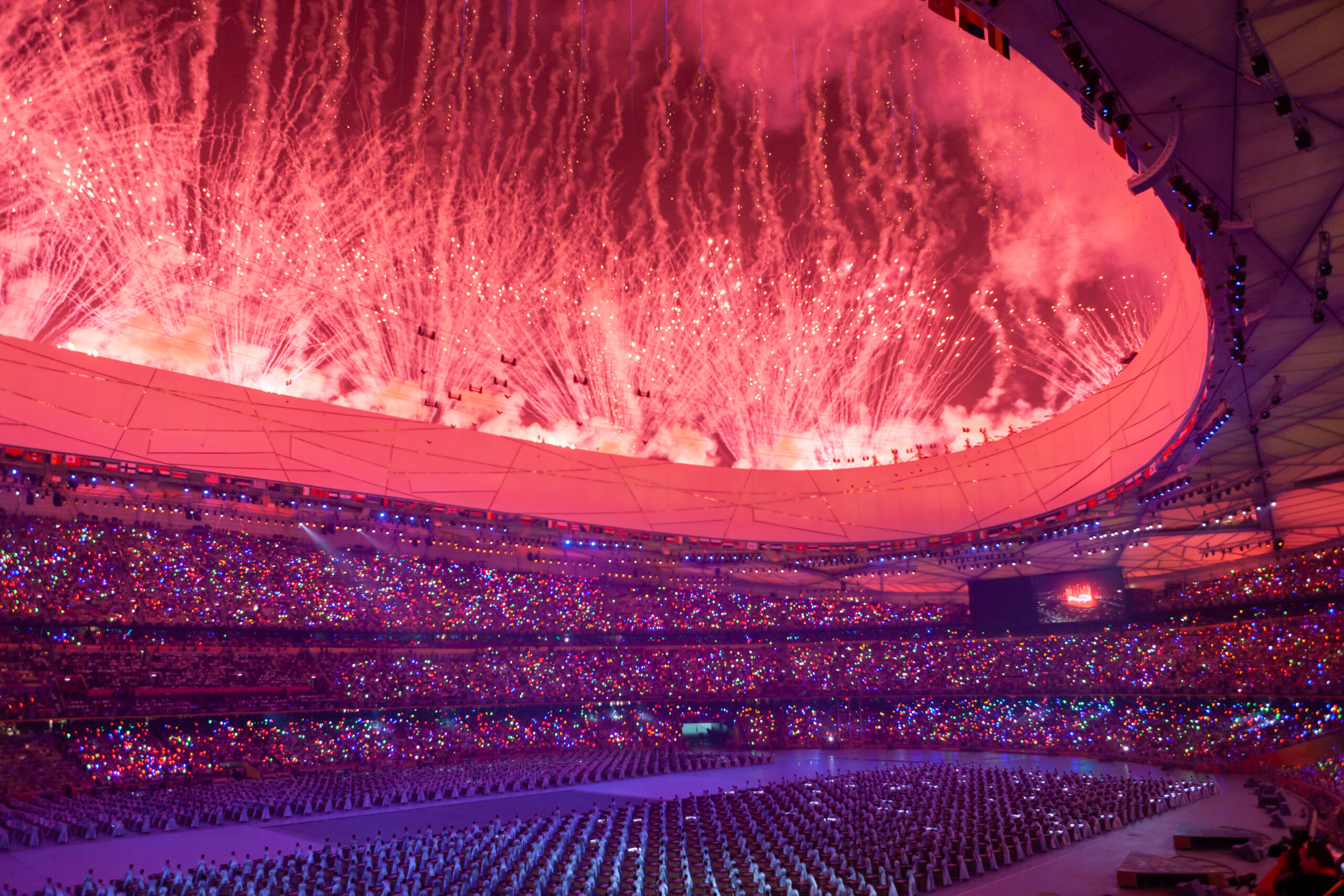
© Iwan Baan

